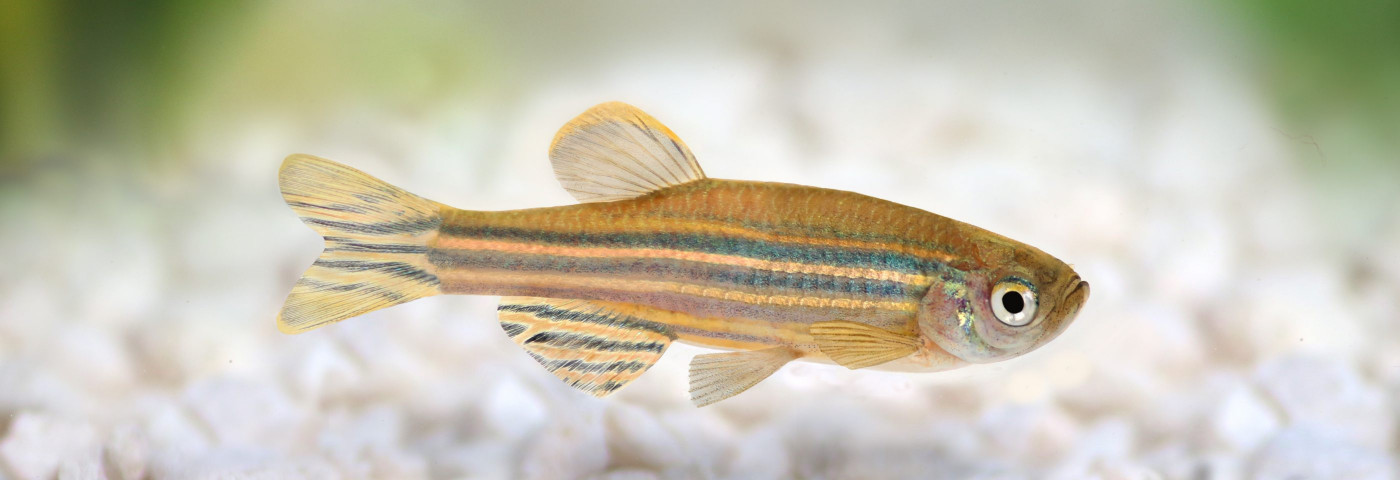LEMS Therapy Eases Nerve-Muscle Problems in Pompe Zebrafish Model
Written by |

Administration of 3,4-diaminopyridine phosphate (3,4-DAPP) eased problems at the neuromuscular junction (NMJ) — sites of nerve-muscle communication — in a zebrafish model of Pompe disease.
Results suggest that the medication, also known as amifampridine and approved under the brand names Firdapse and Ruzurgi for Lambert-Eaton myasthenic syndrome, a NMJ disorder, may have potential in treating Pompe patients.
“We can hypothesize that the 3,4-DAPP treatment not only has a beneficial action on already formed NMJs, but can have a therapeutic role even in early NMJs development, hence suggesting a possible higher effect in the early stages of the infantile-onset PD [Pompe disease],” the investigators wrote.
The study, “Therapeutic efficacy of 3,4-Diaminopyridine phosphate on neuromuscular junction in Pompe disease,” was published in the journal Biomedicine & Pharmacotherapy.
Pompe results from mutations in the GAA gene that encodes the enzyme acid alpha-glucosidase (GAA), which is involved in breaking down glycogen into glucose. GAA deficiency leads to a toxic accumulation of glycogen in cells, damaging muscle, the heart, and other tissues. NMJ dysfunction is observed in mice lacking GAA, and is thought to be involved in the muscle weakness and fatigue associated with both infantile- and late-onset PD.
Used to treat muscle weakness resulting from NMJ impairment, 3,4-DAPP causes an increase in the secretion of the chemical messenger acetylcholine (ACh), which binds to ACh receptors on muscle cells to induce muscle contraction.
Researchers in Italy, working with others at Catalyst Pharmaceuticals (which markets Firdapse and funded the study), sought to determine if treatment with 3,4-DAPP could rescue NMJ impairment in a zebrafish model of Pompe disease. The model had been created by reducing GAA gene activity.
Three populations of zebrafish embryos were evaluated: GAA-deficient (Pompe model) with no treatment, GAA-deficient treated with 3,4-DAPP, and normal embryos serving as controls.
Results showed that embryos with GAA deficiency had a significantly reduced number of ACh receptors in muscle cells compared with controls. Treatment with 3,4-DAPP increased this number, although not to levels of the control group.
In addition, 3,4-DAPP’s use appeared to impact both the nerve and the muscular components of the NMJ. Specifically, the positioning of proteins involved in nerve-muscle communication were abnormal in embryos with GAA deficiency, but this was restored and comparable to controls with 3,4-DAPP treatment.
The neuromuscular junctions of Pompe embryos were abnormal, with 46% of observed structures showing a folded appearance, while no alterations were evident in controls. Treatment with 3,4-DAPP reduced these structural defects to 15%.
Embryos with GAA deficiency also had fewer ACh transport vesicles in nerves compared with controls, and their number was restored in treated embryos. These tiny transport vesicles carry ACh to the cell membrane, where the messenger is released into the synapse so that it can bind ACh receptors on muscle cells.
An assessment of tail movements in the zebrafish embryos found that Pompe models had a significantly reduced flexion (ability to bend) compared to the almost 90-degree angle observed in control embryos. In 3,4-DAPP treated embryos, the tail flexion was comparable to controls. Spontaneous coiling of the tail was also absent in 44% of untreated embryos with GAA deficiency, compared with 22% of controls and 29% of treated embryos.
“Our results … suggest the inclusion of Pompe disease in the group of pathologies [disorders], at least in part characterized by NMJs deterioration, and potentially improved with drugs targeted to the NMJ itself,” the scientists wrote.
“We propose 3,4-Diaminopyridine phosphate as symptomatic treatment in infantile- and late-onset Pompe disease patients to improve muscle weakness and fatigability.”





